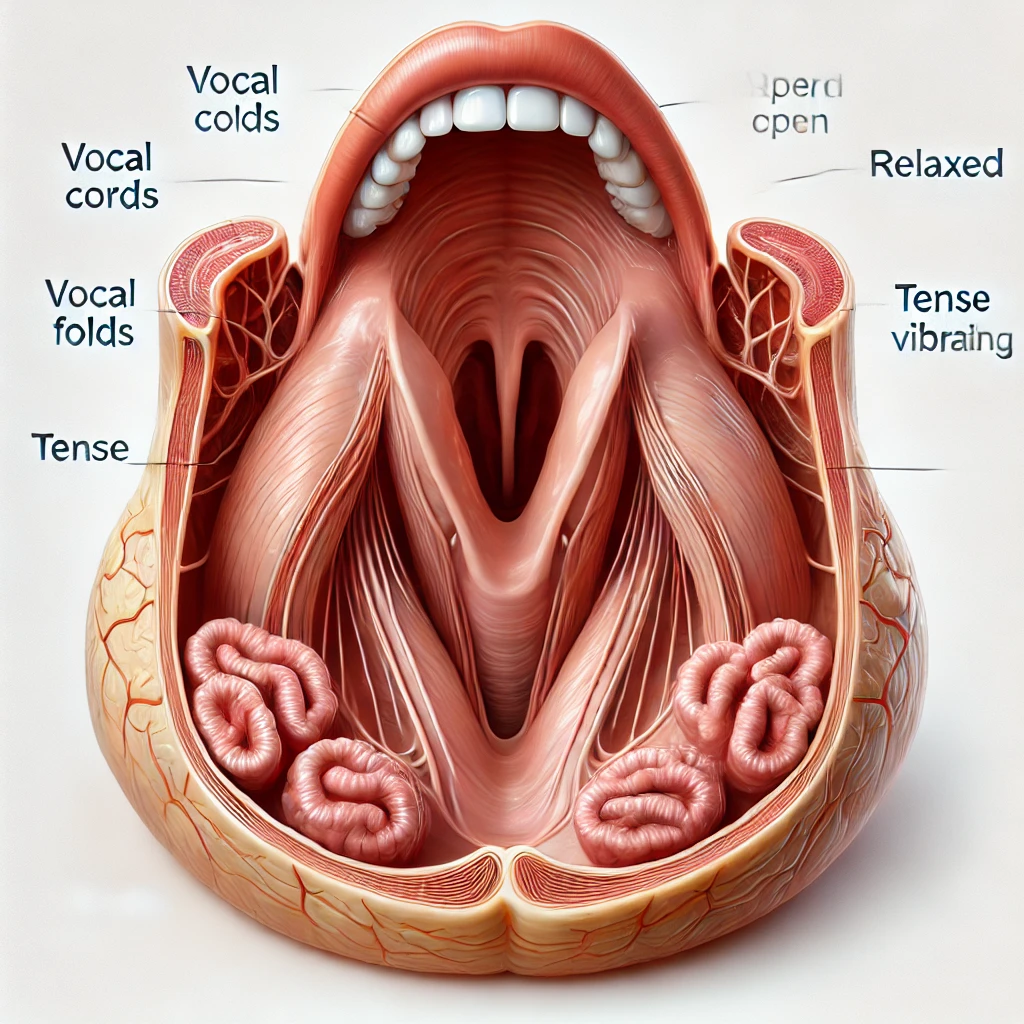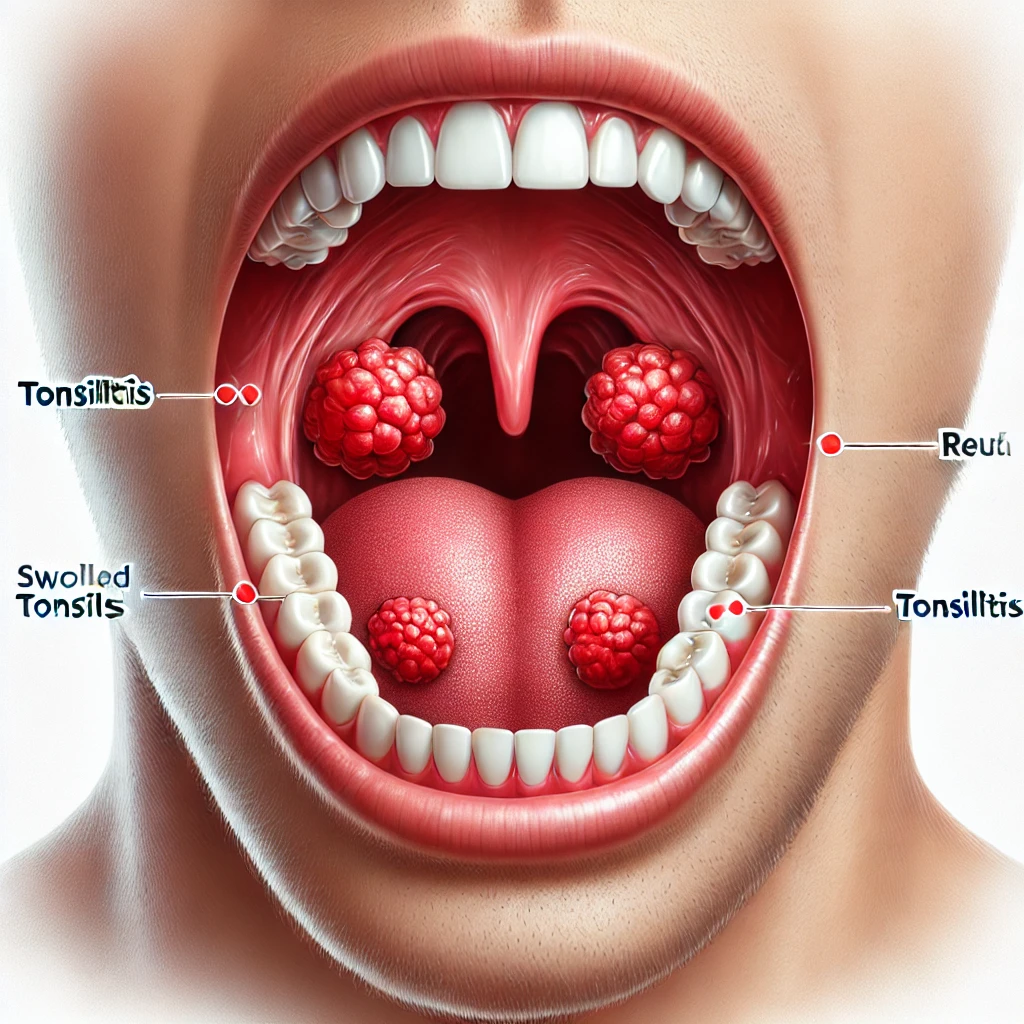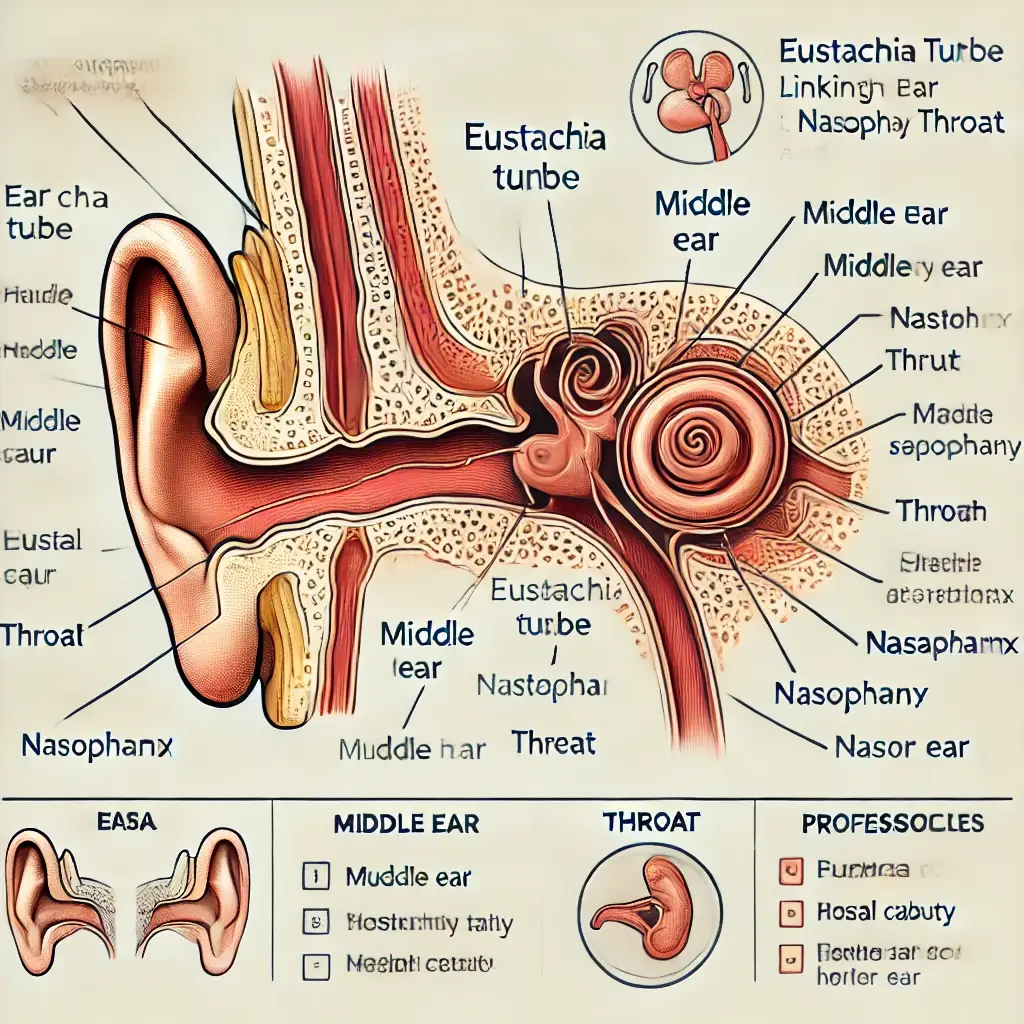The Hidden World Inside Your Neck
A No-BS Guide to Throat Anatomy
OK, I gotta admit something embarrassing. Last month, I was eating chips while binge-watching “The Bear” (don’t judge me), and I laughed at exactly the wrong moment. Cue violent coughing, teary eyes, and my roommate rushing in thinking I was dying. All because a tiny crumb went down “the wrong pipe.”
But what the heck IS the wrong pipe anyway? And why does our throat—this thing we use literally every minute of every day—remain such a mystery to most of us?
After my near-death-by-Doritos experience, I decided to dig deep into how our throats actually work. What I learned blew my mind, and I’m betting it’ll surprise you too.
What’s Really Going On In There?
First off, forget what you learned in grade school. Your throat isn’t just some simple tube. It’s more like a crazy traffic intersection where breathing, speaking, and eating all cross paths without (usually) crashing into each other.
The medical folks call it the pharynx, but let’s be real—it’s your throat. It runs about 5 inches from where your nose and mouth connect all the way down to where it splits into your food tube and air tube.
When I met with Dr. Harun Ur Rashid, a throat specialist based in Rajshahi, Bangladesh, he laughed when I asked for a simple explanation.
“Think of your throat as a busy kitchen in a restaurant,” he said, sipping his tea. “Everyone’s rushing around, different jobs happening at once, but somehow, the meals still come out perfectly most of the time.”

The Three Neighborhoods & Voice Box
The Three Neighborhoods of Your Throat
Your throat divides into three distinct areas (and yeah, I had no clue about this either):
The Nasopharynx (top section)
The Oropharynx (middle section)
The Laryngopharynx (bottom section)
Let’s break ’em down without the boring textbook nonsense.
The Nasopharynx: Your Body’s Bouncer
The top part of your throat connects to your nose and basically acts like the bouncer at an exclusive club. It decides what air gets in and what stays out.
Ever notice how when you step outside on a freezing day, your lungs don’t immediately freeze solid? Thank your nasopharynx. It warms up cold air before it hits your lungs. It also filters out dust, pollen, and other junk you definitely don’t want in your body.
But wait, there’s more! Those annoying ear pops during flights? That’s because your Eustachian tubes connect your middle ears to your nasopharynx to balance pressure. Mind. Blown.
“Many people don’t realize the nasopharynx is why you can breathe through your nose and swallow at the same time,” Dr. Rashid told me. “Without this separation, we’d be like fish—having to choose between breathing and eating.”
The Oropharynx: Where the Party Happens
This is the part you actually see when someone says “open wide and say ahhh.” It includes:
Your tonsils (those weird bumpy things on either side)
The soft palate (the fleshy bit at the roof of your mouth)
The uvula (that dangly thing in the back that looks like a tiny punching bag)
The back of your tongue
When I was a kid, I thought the uvula was some weird little decorative piece with no purpose. WRONG. Dr. Rashid explained it actually helps direct food down your throat and plays a role in making certain sounds when you speak.
“Think of the uvula as a traffic director,” he said. “It helps make sure everything goes the right way.”

The Laryngopharynx: The Decision Maker
This is where the magic happens—and by magic, I mean the life-or-death decision about whether something goes down your windpipe or your food pipe.
Remember my chip incident? This is where it all went wrong. The epiglottis (a leaf-shaped piece of cartilage) is supposed to flap down over your windpipe when you swallow, sending food down your esophagus instead of your trachea.
But sometimes—like when you’re laughing at Chef Carmen’s one-liners while inhaling Doritos—the system glitches, and boom: choking drama.
Your Voice Box: The Original TikTok Creator
Let’s talk about one of the coolest parts of throat anatomy—the larynx, or voice box.
I always pictured vocal cords as looking like guitar strings, but when Dr. Rashid showed me actual pictures of throat anatomy, I was shocked. They’re more like two fleshy folds that vibrate when air passes between them.
“The precision control we have over these vocal folds is remarkable,” he explained. “The difference between whispering and shouting is just millimeters of tension and positioning.”
Fun fact: When boys’ voices “break” during puberty, it’s because their vocal cords are literally growing longer and thicker under the influence of testosterone. That’s why the Adam’s apple (technically the thyroid cartilage) becomes more prominent in male throat anatomy.
My friend Raj, a voice actor, once told me: “I make my living with these two tiny folds of tissue. It’s terrifying when you think about it.”

Support Systems, ENT & Common Issues
The Neck Gang: Supporting Your Throat
Your throat doesn’t exist in isolation—it’s surrounded by a crew of supporting players in your neck:
Muscles that help you swallow and move your head
Major blood vessels (carotid arteries and jugular veins)
Your thyroid gland (that butterfly-shaped thing that controls your metabolism)
Cervical spine (neck bones that give structure to everything)
Dr. Rashid explained that this is why throat issues sometimes cause referred pain elsewhere. “A problem in one area can manifest as discomfort somewhere seemingly unrelated. That’s why proper diagnosis requires understanding the entire neck and throat anatomy.”
Ear, Nose, and Throat: The Three Musketeers
Ever wondered why doctors specialize in ear, nose, AND throat together? It’s not just to save on business cards.
These three systems are connected in ways that aren’t obvious. Check out any ear, nose, and throat anatomy diagram and you’ll see they’re basically roommates sharing the same space.
Last year, my seasonal allergies went haywire, and suddenly I couldn’t hear properly. Turns out, the inflammation in my nose was affecting my Eustachian tubes, which screwed with the pressure in my ears. Everything’s connected!
When Throat Anatomy Goes Haywire: Common Issues
Understanding how the throat works helps explain why certain problems happen:
Sore Throats & Tonsillitis
Those swollen tonsils during a sore throat? They’re actually immune tissues trying to trap and fight infections—like bouncers dealing with troublemakers at a club. Sometimes they get overwhelmed and inflamed in the process.
Dr. Rashid has seen thousands of sore throats in his practice in Rajshahi. “People often don’t realize that tonsils are part of your immune system,” he said. “They’re your first line of defense against many pathogens entering through your mouth and nose.”
Voice Problems
My mother-in-law is a teacher, and every September like clockwork, she loses her voice for a week. Why? Inflammation of the vocal cords from suddenly talking 6 hours a day after a summer break.
“Vocal cords are incredibly sensitive instruments,” explains Dr. Rashid. “Professional singers treat them like Olympic athletes treat their muscles—with proper warm-ups, rest, and hydration.”
Sleep Apnea
Ever slept next to someone who sounds like they’re reenacting a chainsaw massacre? Sleep apnea often happens when the soft tissues in the throat relax too much during sleep and temporarily block the airway.
“The anatomy of some people’s throats makes them more prone to this condition,” Dr. Rashid noted. “Factors like neck circumference, tongue size, and the position of the jaw all play a role.”

Self-Care, Cultural Wisdom & When to Seek Help
Real Talk: How I Learned to Care For My Throat
After researching this article and talking with Dr. Rashid, I’ve completely changed how I think about throat care. Here are some practical tips I’ve adopted:
I keep a legit humidifier by my bed during dry seasons (game-changer for preventing morning throat pain)
I actually rest my voice when it starts feeling strained (harder than it sounds)
I stopped clearing my throat constantly (apparently it’s like slamming your vocal cords together)
I drink way more water than I used to
Dr. Rashid’s #1 tip was surprising: “The best thing most people can do for throat health is simple—stay hydrated. Dehydration affects every aspect of throat function, from vocal quality to swallowing.”
Ancient Wisdom Meets Modern Science
Different cultures have fascinating approaches to throat health. In Bangladesh, Dr. Rashid explained that traditional remedies often include turmeric milk and specific vocal exercises passed down through generations.
“What’s interesting,” he said, “is how many of these traditional practices now have scientific backing. The anti-inflammatory properties of turmeric, for instance, are well-documented.”
Throat singing in certain Central Asian cultures involves manipulating the larynx to produce multiple tones simultaneously—something that seemed impossible until researchers studied it.
When to See Someone Like Dr. Rashid
Not all throat issues resolve on their own. According to Dr. Rashid, you should seek medical attention if you experience:
Hoarseness lasting more than 2 weeks
Difficulty swallowing that doesn’t improve
A feeling of something stuck in your throat
Pain that radiates to your ears
Voice changes that persist
“The throat is complex, and symptoms can overlap between different conditions,” he explained. “Early intervention often leads to better outcomes.”
During my research, I spoke with Mina, a 42-year-old teacher who ignored persistent throat pain for months. “I thought it was just from talking too much in class,” she told me. “By the time I saw Dr. Rashid, what could have been treated easily had become much more complicated.”
The Bottom Line: Your Throat Deserves More Respect
From your first baby cry to your last breath, your throat is working non-stop. It helps you communicate, nourish yourself, and literally keeps you breathing.
Next time you gulp down water after a run, belt out your favorite song in the shower, or simply take a deep breath of fresh air, take a second to appreciate the incredible engineering happening in your neck.
And maybe—unlike me—don’t laugh with a mouth full of chips.

